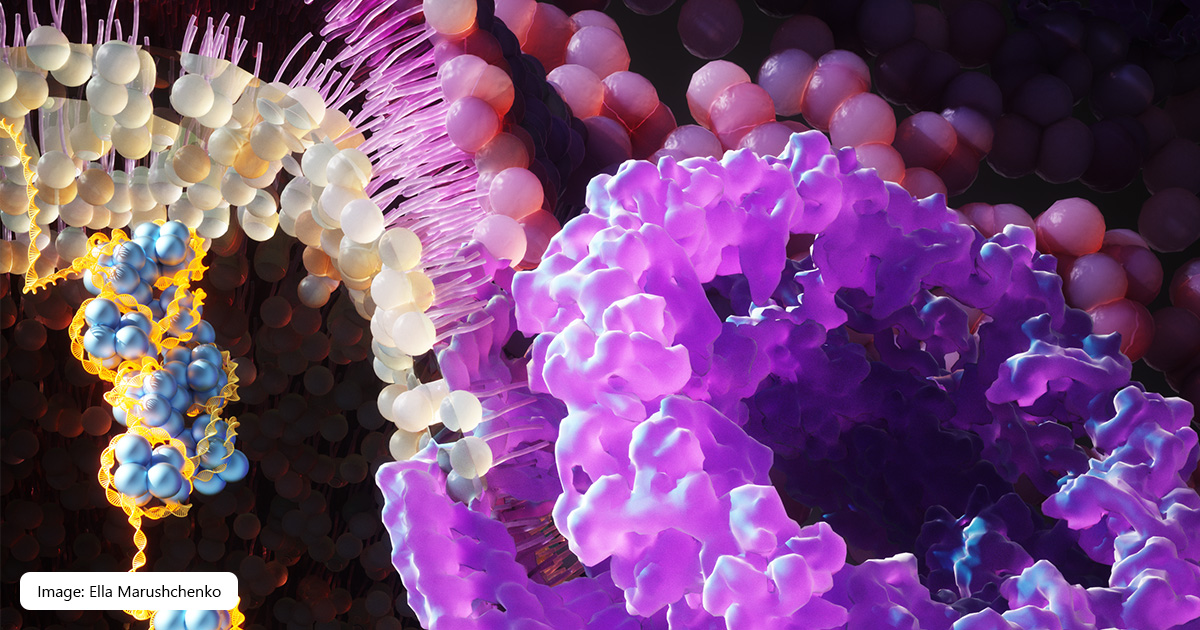Search
Research
Unique architectural features of mammalian mitochondrial protein synthesisMitochondria rely on coordinated expression of their own mitochondrial DNA (mtDNA) with that of the nuclear genome for their biogenesis. The bacterial ancestry of mitochondria has given rise to unique and idiosyncratic features of the mtDNA and its expression machinery that can be specific to different organisms. In animals, the mitochondrial protein synthesis machinery has acquired many new components and mechanisms over evolution.
Research
Illuminating mitochondrial translation through mouse modelsMitochondria are hubs of metabolic activity with a major role in ATP conversion by oxidative phosphorylation (OXPHOS). The mammalian mitochondrial genome encodes 11 mRNAs encoding 13 OXPHOS proteins along with 2 rRNAs and 22 tRNAs, that facilitate their translation on mitoribosomes.

News & Events
Government grants to support valuable new child health researchEight The Kids Research Institute Australia-led projects will benefit from the latest round of WA Child Research Fund (WACRF) grants, announced this week by Medical Research Minister Stephen Dawson.
Research
Temporal landscape of mitochondrial proteostasis governed by the UPRmtBreakdown of mitochondrial proteostasis activates quality control pathways including the mitochondrial unfolded protein response (UPRmt) and PINK1/Parkin mitophagy. However, beyond the up-regulation of chaperones and proteases, we have a limited understanding of how the UPRmt remodels and restores damaged mitochondrial proteomes.
Research
ATFS-1 counteracts mitochondrial DNA damage by promoting repair over transcriptionThe ability to balance conflicting functional demands is critical for ensuring organismal survival. The transcription and repair of the mitochondrial genome requires separate enzymatic activities that can sterically compete, suggesting a life-long trade-off between these two processes.
Research
The Vsr-like protein FASTKD4 regulates the stability and polyadenylation of the MT-ND3 mRNAExpression of the compact mitochondrial genome is regulated by nuclear encoded, mitochondrially localized RNA-binding proteins (RBPs). RBPs regulate the lifecycles of mitochondrial RNAs from transcription to degradation by mediating RNA processing, maturation, stability and translation. The Fas-activated serine/threonine kinase (FASTK) family of RBPs has been shown to regulate and fine-tune discrete aspects of mitochondrial gene expression.

News & Events
Stem cell ‘memory’ discovery offers hope for new disease breakthroughsAustralian researchers have developed a new method to ‘wipe the memory’ of reprogrammed human cells to better mimic embryonic stem cells, in a discovery that has significant implications for the treatment of several serious diseases.
Research
Multi-omic profiling reveals an RNA processing rheostat that predisposes to prostate cancerProstate cancer is the most commonly diagnosed malignancy and the third leading cause of cancer deaths. GWAS have identified variants associated with prostate cancer susceptibility; however, mechanistic and functional validation of these mutations is lacking.
Research
Molecular basis of translation termination at noncanonical stop codons in human mitochondriaThe genetic code that specifies the identity of amino acids incorporated into proteins during protein synthesis is almost universally conserved. Mitochondrial genomes feature deviations from the standard genetic code, including the reassignment of two arginine codons to stop codons.
Research
Mutational rescue of the activity of high-fidelity Cas9 enzymesProgrammable DNA endonucleases derived from bacterial genetic defense systems, exemplified by CRISPR-Cas9, have made it significantly easier to perform genomic modifications in living cells. However, unprogrammed, off-target modifications can have serious consequences, as they often disrupt the function or regulation of non-targeted genes and compromise the safety of therapeutic gene editing applications.
